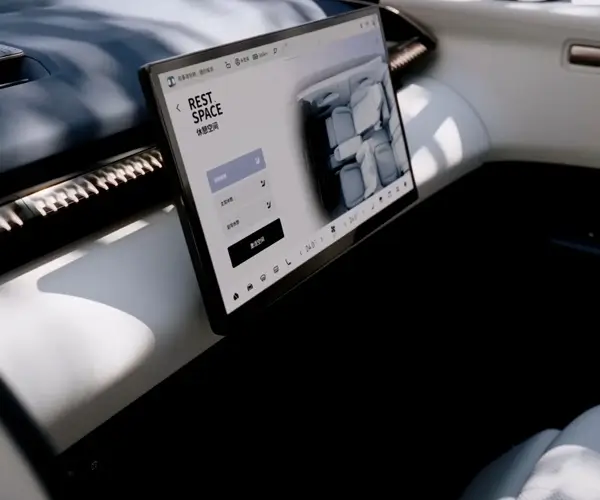Imagine digging into your latest hobby project or prototype. You’ve got a small, sleek SG90 servo waiting for some magic to happen. You want it to move smoothly, respond quickly, and do exactly what your code tells it. That’s where an understanding of the Arduino code for SG90 comes into play. It’s more than just wiring up a servo—it’s about breathing life into your ideas with the right commands.

Now, the first thing to know: hooking up an SG90 to an Arduino isn’t rocket science. It's pretty straightforward. You connect the signal wire—usually yellow or orange—to a PWM-capable pin on your Arduino. Power goes to the red wire, ground to the black or brown, and you’re set for the start. But here’s the kicker—how do you tell it to move? That's where the code comes in, and, believe it or not, it’s more about playing with numbers than anything else.
Most beginner-friendly code starts with including a library called Servo. This makes commanding the servo as simple as calling a function. You create an object for that servo, attach it to the right pin, then use commands like write() to set its position, whether it’s 0 degrees or 180 degrees. And just like magic, you see that tiny rotor spin to the spot you want. It’s satisfying—like a little robot ballet choreographed by your own hands.
Suppose you want a back-and-forth motion? Simple loop, a delay, then changing the angle. Fast and smooth transitions? Use the writeMicroseconds() method. It’s like fine-tuning the servo’s heartbeat. With that, you can make your robot arm pick up tiny objects, or create a quirky animatronic face that blinks and smiles.
But wait—life isn’t just about movability. Power considerations matter. The servo may draw quite a bit of current, especially under load. If you try to run too many SG90s off the Arduino’s 5V pin, you’ll hit a snag. Make sure to power it with a dedicated power source if you’re running multiple servos—real-world advice, not just theory. Also, don’t forget to add a capacitor across the power lines to smooth out voltage spikes.
Questions? You might ask, how does the code handle unexpected stops or jittering? Well, adding some delay, and using hysteresis in your control loop can smooth out those jitters. Testing different angles and observing how the servo responds gives you a feel of its limitations. It’s like tuning a musical instrument; you want the movements to feel natural and precise.
Venturing further, you could explore advanced control, like using Arduino PWM signals to set acceleration or incorporating sensors for feedback. But initially, mastering the basics of SG90 servo Arduino code opens a world of possibilities—robot arms, camera gimbals, or ever-creative gadgets no one has before seen.
Overall, the beauty lies in how simple commands unlock complex motions. The code isn’t just instructive—it’s expressive. Watching that tiny servo rotate to your specifications makes all those hours of coding worth it. Dive into your project, tweak those variables, and watch your ideas come alive with each precise, calculated move.
Established in 2005, Kpower has been dedicated to a professional compact motion unit manufacturer, headquartered in Dongguan, Guangdong Province, China.




































